|
Sorry for the lack of messages about the trip the past four days...We've been working hard!
After our initial first successful half coring day of 4 m, we followed it up with three more successful coring days. We extended the initial 4 m deep hole down to 5 m. This site is in a very old drained thaw lake basin. We stopped about 0.5 m above sea level because the SIPRE coring become pretty difficult and coring at those depths with the system is risky because it's easy to get the barrel stuck in the ground. From the DP-1 coring site, we transited about 1.5 km to the east and retrieved a 4 m core in a relatively (300 yrs ago or so) drained thaw lake basin. We also stopped about 0.5 m above sea level at this site that sits a little bit lower than Dp-1. From the DP-2 coring site, we cruised along the sea ice about 6 km further east to Point McLeod. PM is a primary surface, not having been reworked by thermokarst lake formation and drainage during the Holocene. This site is amazing. The bluffs are about 7 m above sea level and extremely ice-rich permafrost. At this site we were able to core down to 6.2 m using the SIPRE barrel system but could not penetrate any deeper. Interestingly, this is also about 0.5 m above sea level. To help fill in the time before Go and Chris and the other coring system arrived we collected some shorter core material. Average core material retrieval over the four days of coring was 4.5 m. Go and Chris arrived from Barrow on Friday the 13th following our trail from earlier in the week for the most part. They made it to the TLO in just over 4 hrs which is pretty amazing transit time for the 80 mile run between Barrow and here. So now our camp is 5. Unfortunately, Go's coring system took a beating and had a make over of sorts on the ride out. He was able to tinker and piece it all back together during the night and had it ready to go by morning. We also half broke our two SIPRE barrel engines the past week so Allen spent the evening making small engine repairs. Both are back in decent and sufficient working order. So we setup Go's coring system at PM-1 today. The hole depth at the start of the day was 6.2 m and at the end of the day it was only 7.4 m deep. So the 1.2 m core material retrieval bumped our daily average core material retrieval rate down quite a bit. But as Misha said, sometimes 1 m is more interesting than 4 m.... At 6.5 m down the hole (0.5 m above sea level), the permafrost went from frozen to unfrozen. While the temperatures as this depth are roughly -7 C right now the soil is thawed because of the high salinity in the cryopeg sediments. The sediments remained unfrozen from 6.5 m down to 7.4 m, currently the bottom of the borehole. Tomorrow we'll try to use our lake talik probe to measured the depth of this cryopeg from the frozen ground surface. The presence of the cryopeg just above and below modern sea level at the PM-1 site has us excited to extend the core hole depths at Dp-1 and Dp-2 core sites that have lower surface elevations but similar tricky core depths relative to sea level. Our best guess is that we'll also discover this cryopeg at the sites located 6 and 7.5 km to the west. The discovery of the cryopeg at Point McLeod also has us thinking of potentially interesting explanations for well documented increase in erosion at Drew Point...More to follow in the coming days.... On a more straight forward note, Chris measured ice thickness on our standard CALON/ALISS lakes today. The mean ice thickness this year is 1.2 m and is the thinnest lake ice thickness measured in this region by us since we started working here in 20o7 and compared to 2.3 m in 1976. This is in line with our fairly well documented thinning lake ice trend on the Arctic Coastal Plain. This year it appears to be combination of a record warm winter on the North Slope and the 30 to 40 cm of snow cover on the lake ice surfaces. It's exciting to be involved in such interesting research in this beautiful landscape! Try to be more informative over the next days. Here's some photos in the meantime.
0 Comments
Hi Everyone!
We landed in Barrow two nights ago and started to hit it pretty hard. We landed at 7pm and by 10pm we already had a set of wheels, found our lodging rooms, grabbed unleaded and diesel for the expedition, ate bimimbop at Osakas, and packed two sleds. The next morning we woke up at 7am and headed for Subway (of all places). We got a footlong breakfast and lunch sub a piece and then headed to Northern Air Cargo to grab our seven food totes. At 9am we did our UIC orientations and arranged the two snogo rentals and packed the third sled. We hit the tundra by 1pm for Teshekpuk. We almost made record time getting to the cabin, a few minutes over 5 hours riding. It was -10c the entire ride but the winds strengthened throughout the day, blowing about 30 mph the further east we traveled. Which unfortunately was the direction of the wind too, making our parkas a bit balloon-like. The cabin was in good order when we arrived. A few hours after we arrived we had the cabin up to 10c at the ceiling and about 0c on the floor. Tonight its' a comfy 20c throughout. The winds continued to rage on a bit last night and into the morning but it calmed throughout the day today. We made some bomber breakfast sandwiches this morning, then organized fuel and gear for a couple of hours and then headed up to the coast. We headed NE from the cabin to Pt Mcleod and then worked our way westward to Drew Point checking out the bits and pieces of exposed bluff we could find and also looking for fresh polar bear tracks. Interestingly we can report a few to zero along 10km stretch of coast. We got to our DP-1 coring site by 2:30. We got everything unpacked from the sled, setup, and started coring. We cored and described until about 6:00pm. We retrieved just shy of 4m in 3.5 hours and also fit in a small late lunch break. We think we got into taberal sediments in the last 20 cms and were excited to core deeper but decided to call it and go fiddle with one of the remote camera stations. We got back to the cabin by 8:00pm and made a jambalaya dinner. Good good first 48 hours on the tundra. We're thinking it will only go up from here. Update you all more tomorrow and the next days. We're planning on coring all day tomorrow with the SIPRE system. If we get to 6m that will be good and then we'll switch systems to go deeper the following day. Here's a few photos from the trip so far: Based on observations from satellites, we have reconstructed the window in which Teshekpuk becomes ice-free each summer since 1974. July 20th would be this day in a typical year over this period. But this summer Teshekpuk became ice free by the last day of June! The above average mean temperature for the month of June (43 degrees F as measured at the TLO) likely had something to do with the incredibly early ice off in 2015. It will be interesting to see what this early ice off means in terms of potentially heightened shoreline erosion of the permafrost bluffs that surround the lake.
Just wanted to take a short minute to say Happy Solstice from the TLO and share a graph of the record-setting temperatures that occurred during this 2015 Solstice week. It topped out at over 70 F yesterday! There's been quite a few caribou migrating northeastward to their calving grounds, some already with their little ones in tow. I also saw a flock of eight beautiful king eider ducks fly by camp yesterday evening. Even though it's been relatively calm in terms of wind this week, it's pretty noisy outside with all of the birds on the tundra and in the lake as well as the eerie noises from the shifting ice pan that still covers >95% of the lake. Here's a couple short video clips showing the initial demise of the great Teshekpuk iceberg and the solstice sun trying to dip below the horizon but not quite being able to.
|
Teshekpuk Lake Observatory
|
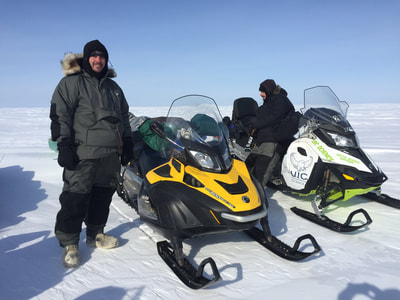
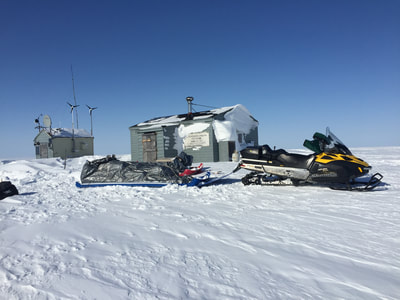
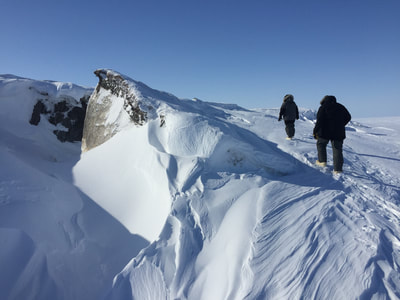
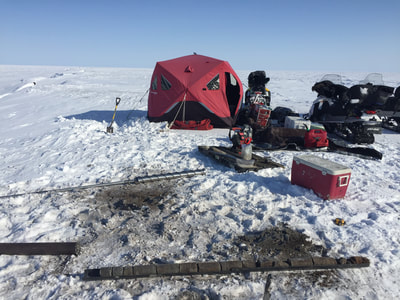
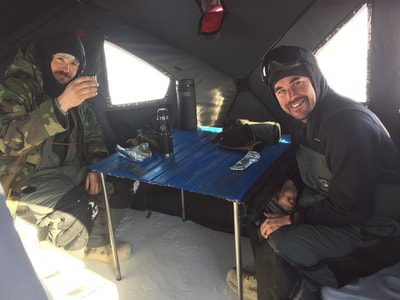
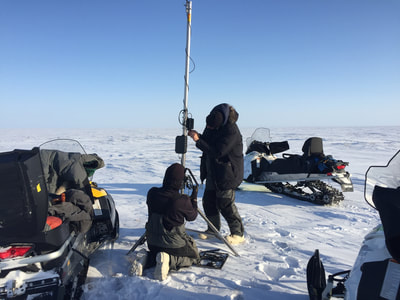
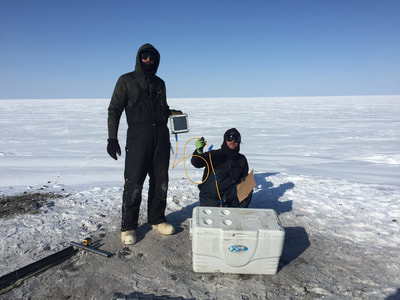
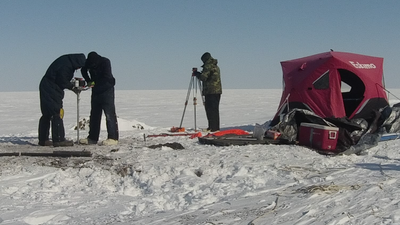
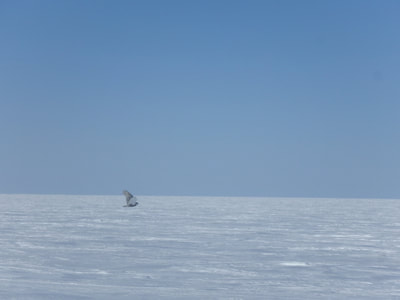
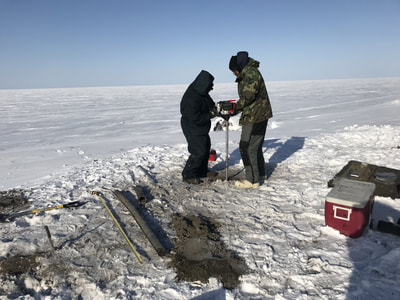
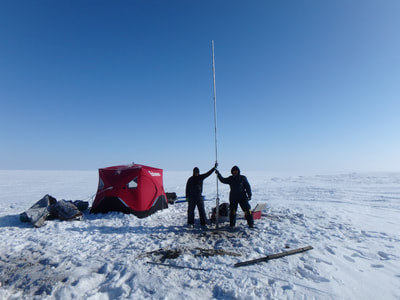
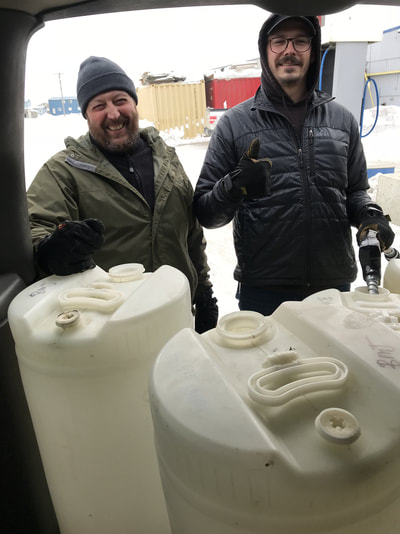

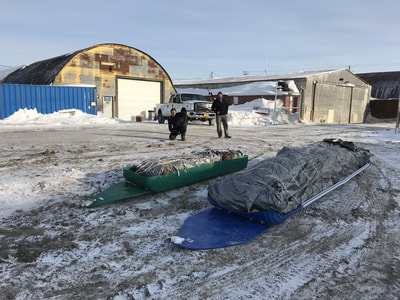
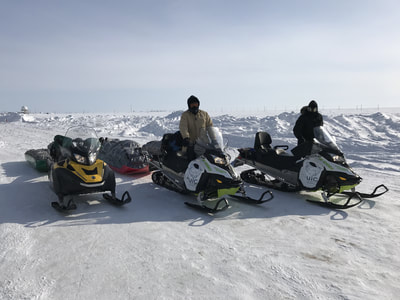
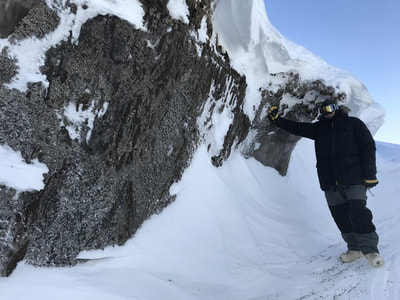
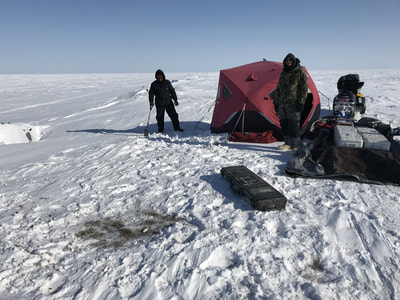
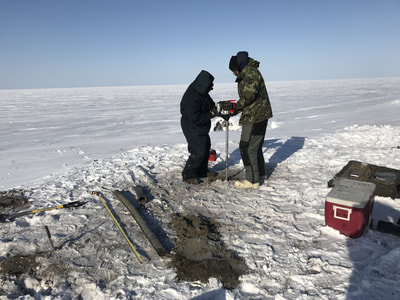
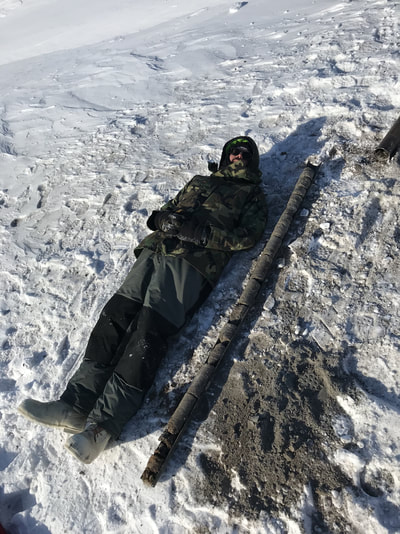
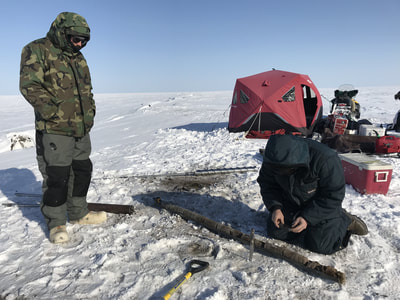
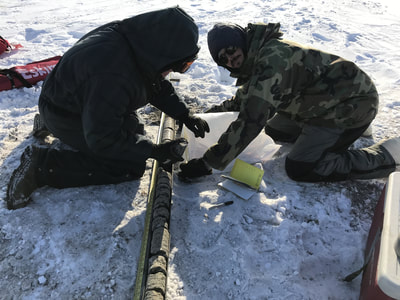
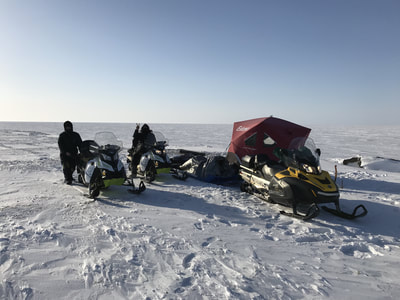
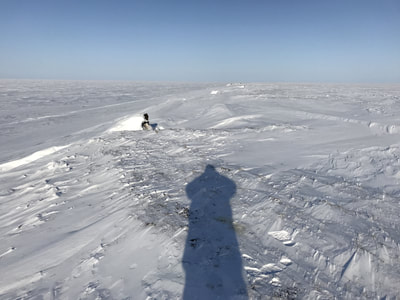
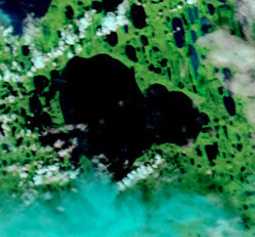
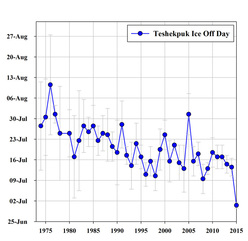
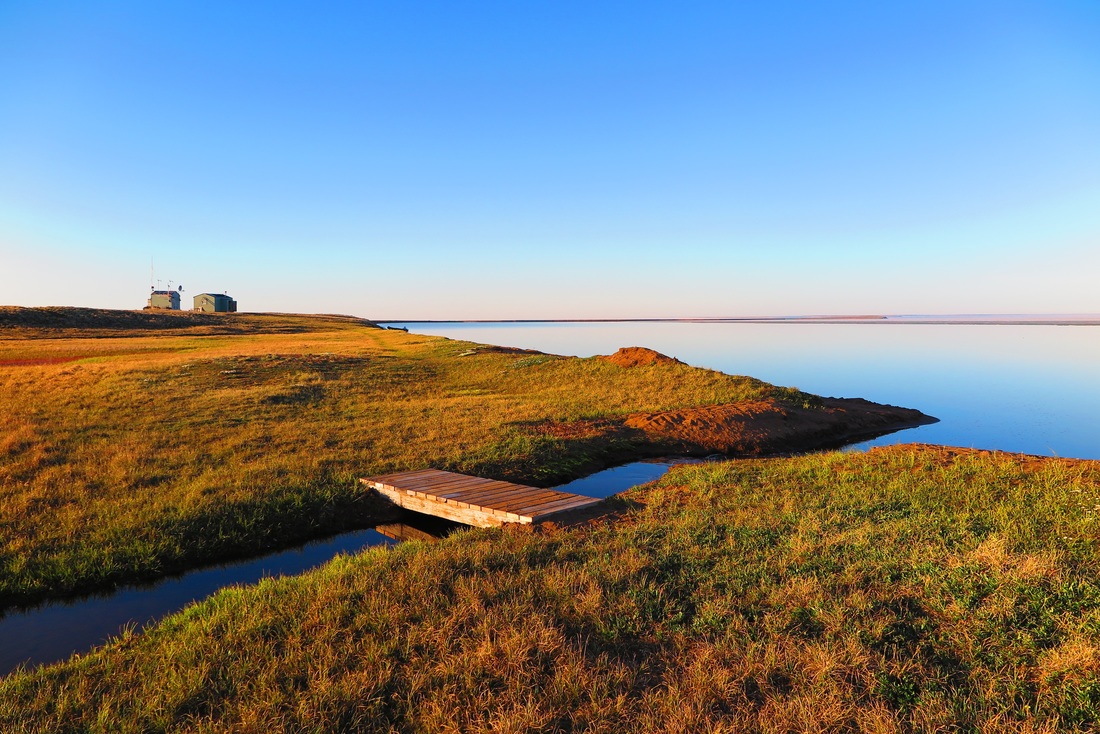
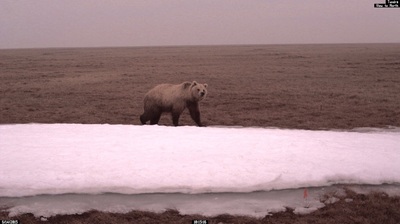
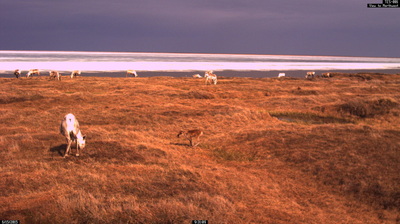
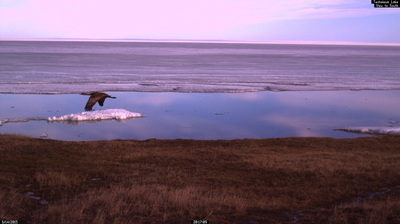
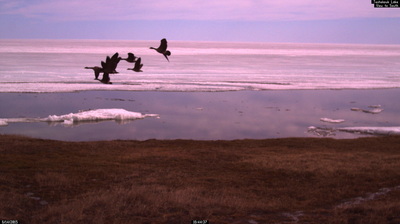

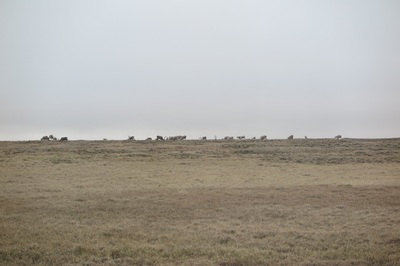
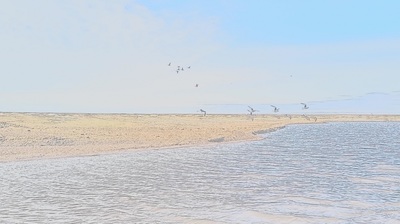
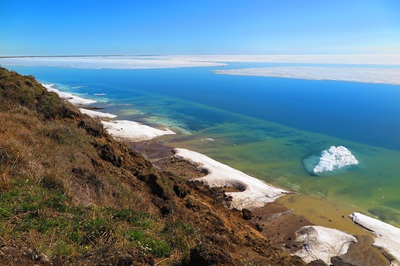
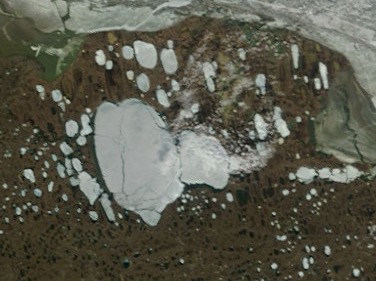
 RSS Feed
RSS Feed